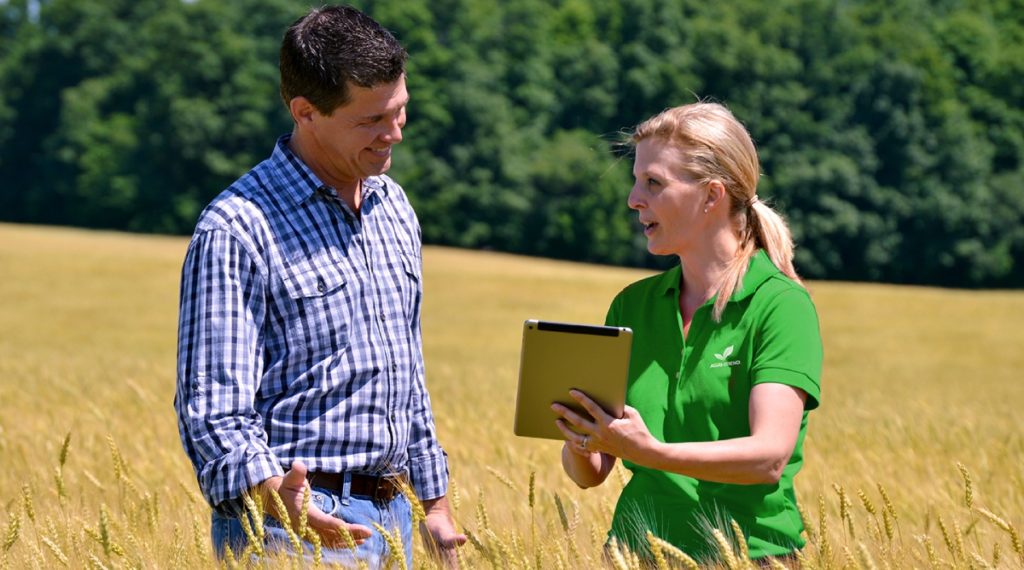Secret to Success in Precision Ag? Harnessing Agronomy Expertise
April 4, 2017

Precision Ag Expertise: Essential Piece of the Puzzle
Today’s growing popularity of objective agronomic experts are gaining among growers as the go-to resources for unbiased agronomic advice. And when it comes to good precision management, farmers are using these experts to help integrate all systems — in other words, how to use the intelligence revealed in the data to make good decisions about how to maximize productivity in each different field zone.
As Markus Braaten, Manager of Agronomic Precision Services with Agri-Trend’s Knowledge Team, explains, soil and land conditions vary — so that means growers have to know how to adapt to this field variability. This allows them to can squeeze the best possible yield, for the lowest cost, out of each management zone.
For farmers new to precision ag, a good place to start this spring is to focus on acquiring a good overall understanding of fields that have the most variability, ie productivity.
“If one part of the field is yielding 20 bu and another part 200 bu, this becomes the logical point of entry into a shift toward precision management,” says Braaten. “These fields offer a golden opportunity.”
Farmers need to keep in mind, he cautions, that just because a field has great variability doesn’t mean you have to manage that variability.
“What’s important is the degree in significance of variability,” he says. “Ultimately it’s about variability in profit. If I am making $100 profit in some parts of the field and losing $100 in others — this is where we focus on savings.”
Where Agronomy Meets Technology
Daniel Hedgecock echos this sentiment. In fact, he runs a new Vantage dealership in North Carolina, whose slogan is: We merge the gap between agronomy and technology.
Technology has been developing at a rapid pace — but it isn’t always geared toward agronomy leading the way,” says Hedgecock. “In this way, we’ve kind of put the cart before the horse. The agronomy is meant to lead the technology.”
He spends his days helping growers fine tune the way they are collecting and managing data, so that it’s informing agronomic decisions every step of the way.
“Guidance is great but it’s meant to do so much more,” he says. “From an agronomy perspective you want the technology to help you make more informed decisions. In the end it all comes down to the cost for the grower — they need to be thinking about how to re-allocate my resources so I can improve my return on investment. Technology is not just meant to help you drive a straight line — it’s meant to help reallocate resources. VR seeding makes a lot more sense when you are putting more money in your pocket.”
Hedgecock says a key priority is helping farmers integrate their technology and precision ag hardware equipment in a way that informs agronomic decisions in a meaningful way.
